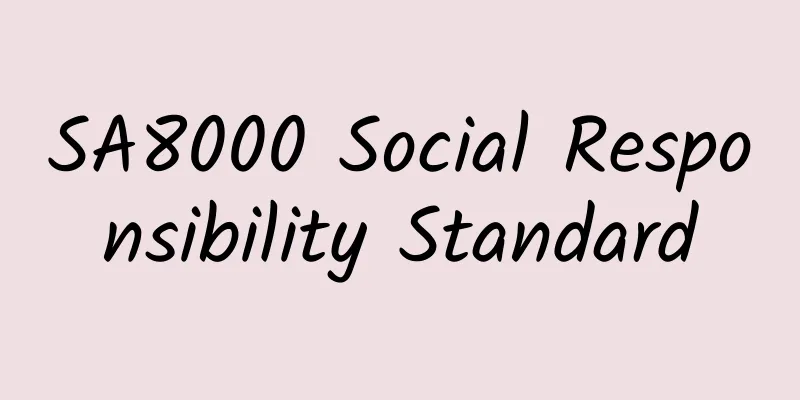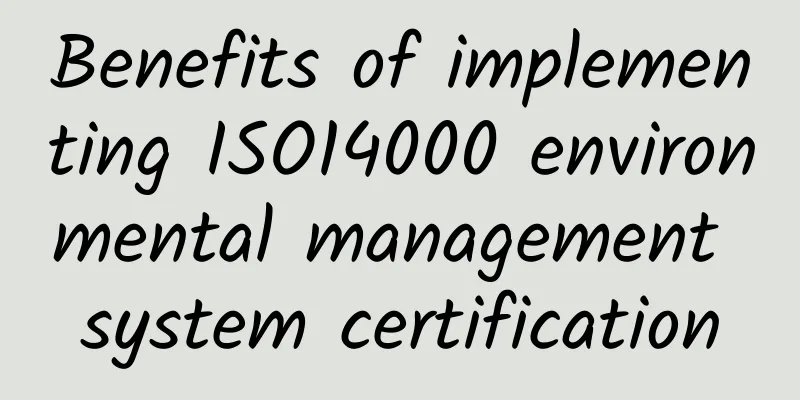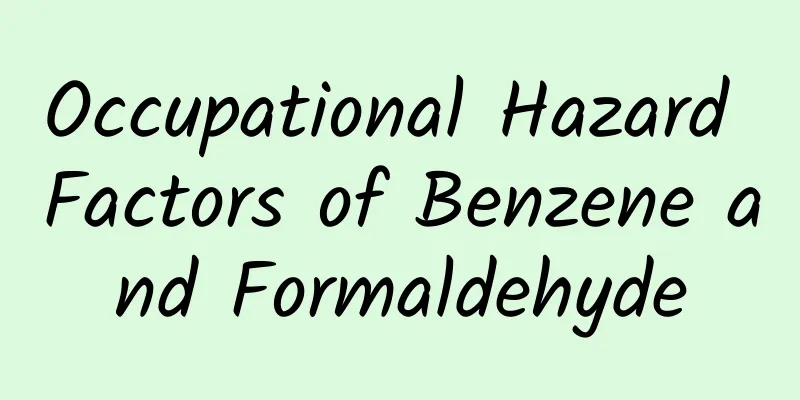|
SA8000 social responsibility standard labor barriers, silence before spreading
Recently, a piece of news on the website of the National Certification and Accreditation Administration caused an uproar. The news said that around May 1 this year, the United States and some European countries will begin to enforce the promotion of a new international trade standard - the social responsibility standard, that is, the SA8000 standard certification.
Industry insiders believe that after technical barriers and green barriers, "labor barriers" represented by SA8000 social responsibility certification are becoming the next obstacle for "Made in China" to go global. Requirements for corporate social responsibility and labor protection have increasingly appeared in the additional conditions of many multinational companies' orders.
SA8000, this seemingly unfamiliar term will soon become as popular in China as ISO9000.
What exactly is SA8000? SA8000 is a new term for most domestic companies and workers, but if it is not adjusted in time, it will be enough to make these companies struggle and the lives of workers will also undergo major changes.
SA8000, which stands for Social Accountability 8000 (SA8000 for short), is translated into Chinese as "Social Accountability Management System". It was initiated by Social Accountability International (SAI) headquartered in the United States and formulated in conjunction with some European and American multinational companies and other international organizations.
The Ministry of Commerce of China accurately defines it as the Social Responsibility Management System (SA8000) is an emerging management standard system that mainly focuses on protecting the working environment and conditions, labor rights, etc.
SA8000 certification requires companies not to use child labor, forced labor, withhold workers' identity documents or collect deposits; respect workers' freedom of association and collective bargaining rights, do not discriminate against union representatives, and do not interfere with employees' beliefs and customs; do not use corporal punishment, verbal abuse or mental threats; work a maximum of 48 hours a week and have at least one day off a week; pay at least the statutory minimum wage and provide benefits, without fines; appoint senior management representatives to be responsible for workers' health and safety, and even have strict regulations on toilets, drinking water and food storage facilities, and worker dormitory conditions.
At present, Chinese enterprises have begun to feel the impact of SA8000. Many enterprises in the Pearl River Delta have had their export products rejected by foreign companies because they failed the SA8000 certification. Some enterprises in Shanghai and other places have also begun to actively apply for SA8000 certification at the request of foreign companies.
Corporate responsibility is a new term for most domestic companies, but if they are not adjusted in time, this new term will be enough to make these companies struggle.
Most of the enterprises that have difficulty passing SA8000 are labor-intensive processing industries, mainly involving the six major industries of electronics, textiles, clothing, footwear, toys, and handicrafts. From the perspective of distribution, the Pearl River Delta and the Yangtze River Delta are the main concentrations. Take Guangdong as an example. According to statistics from the Guangdong Provincial Federation of Trade Unions, in 2003 alone, there were 148 cases of work-related injuries and occupational diseases in the province, most of which occurred in labor-intensive enterprises. Some processing trade enterprises have been suspended for failing to meet the social responsibility requirements of multinational companies, while some enterprises that have made better improvements in fulfilling their social responsibilities have received larger orders.
Because these enterprises are mainly labor-intensive, they have prominent problems in production conditions, production safety, employee occupational health and rights protection. Many production safety accidents, occupational poisoning, and employee rights infringement incidents occur in these enterprises. According to the Nan Fang Daily, in 2002, the number of safety accidents and deaths in non-public small enterprises in Guangdong Province accounted for 75% and 68% of the total number of accidents and deaths in the province's industrial and mining enterprises, respectively.
Dong Baohua, a professor at East China University of Political Science and Law, believes that the emergence of SA8000 is closely related to economic globalization. Under the influence of economic globalization, developing countries regard cheap labor as their main competitive advantage, leading to downward competition in labor conditions and labor protection standards among countries. After the media exposed the sales of "sweatshop" products produced by a large number of child laborers and immigrant workers under harsh conditions by multinational companies such as Nike and Reebok, in the early 1990s, American labor and human rights organizations launched an "anti-sweatshop movement" targeting the garment and shoe industries.
Since then, Nike, Levi's and other companies have introduced their own production codes. On this basis, Social Accountability International (SAI) designed the Social Accountability 8000 (SA8000) standard and certification system. The SAI Advisory Committee has 28 members, 14 of whom are from the United States, one of whom is the president of SAI, and only one member from the Asia-Pacific region. However, only 22 of the 28 people have voting rights (6 of them have voting rights only when normal members are absent), while all 14 people in the United States have voting rights. Therefore, it can be said that SA8000 is a national labor standard controlled by the United States.
At present, there are 259 companies in 27 countries around the world that have obtained SA8000 certification, mainly in the clothing, textile, toys, cosmetics, household utensils, chemicals, food and other industries. It is estimated that there are more than 8,000 companies in my country that have been audited for SA8000 standards. Many companies have been cancelled due to failure to meet the standards, and some industries may never be able to go abroad again. Therefore, the SA8000 standard has actually become a threshold for my country's processing and manufacturing companies, which should attract the attention of companies.
To some extent, people will pay more attention to the impact of the implementation of SA8000 standard on Chinese workers. SA8000 standard is not a law, so it is different from the law, but it regulates the rights and interests of workers from another perspective.
One of the characteristics of labor law is its benchmark nature, which ensures that the protection of workers is not lower than this level, and reflects the lowest line of social tolerance for workers' rights and interests. Its legislative characteristics are tilted protection, mainly starting from the rights of workers, so my country's labor law only regulates the subjects who have direct labor relations with workers, which is obviously incomplete. In comparison, SA8000 is mainly aimed at enterprises, and makes more detailed provisions on matters related to workers in the production and operation of enterprises.
It requires that the enterprise is not only a legal enterprise, that is, it meets the minimum requirements, but also puts forward higher requirements. For example, "the company should designate a senior management representative to be responsible for the health and safety of all employees and to be responsible for implementing the health and safety provisions of this standard", "the company should provide all employees with clean toilets, drinkable water, and, where appropriate, sanitary facilities for employees to store food", etc. These contents make the responsibility of the enterprise no longer limited to the labor relationship, but put forward clear requirements for the production conditions of the enterprise, and guarantee the rights and interests of workers from a hardware perspective.
On the other hand, SA8000 also has a certain role in promoting workers' rights protection. In the past, if Chinese workers suffered labor infringements, they could only save themselves, or report to the labor inspection, or go to labor arbitration or court. These relief methods are actually another burden for workers. Therefore, once they encounter a labor dispute, workers tend to swallow their anger. SA8000 puts a "tight ring" on companies. Sales are the lifeblood of the company. If the products cannot be sold, the company cannot survive. From this perspective, urging companies to abide by laws and regulations can certainly achieve twice the result with half the effort.
Of course, trade barriers have stopped companies, but without workers, how can companies have jobs? Therefore, the government needs to actively intervene and guide companies to respond reasonably, so that we can manage companies well and benefit workers.
|










